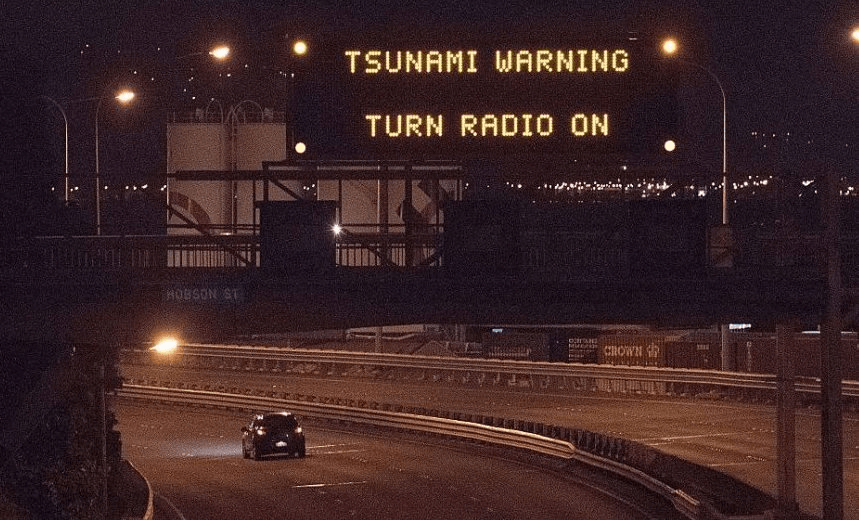The place: Cuba Street, downtown Wellington. The time: approximately midnight Sunday.
Lloyd Jones is a writer and farmer, a strongly built fellow, a little bigger than I am, but I sized him up with a view to kicking his fat ass late on Sunday night in the lobby of our hotel in Cuba St, downtown Wellington. I’d described my next book to him and he poured shit all over it from a great and uninvited height. I pictured rising out of my chair with a carefree smile, walking over to him, and whacking him into next week.
But the civilising influence of modern life is strong, and besides I wasn’t that bothered by his stupid opinion, and he was with his partner, who seemed lovely despite a) is Australian b) making it plain she shared his low regard for my next, brilliant book, plus also Lloyd is in fact considerably bigger than I am, and actually it was really good to see him, he’s been in my corner for a long time and I admire a lot of his work, not least his memoir which dealt with the havoc and loss of the Christchurch earthquakes. So nothing happened and we said goodnight and went to our rooms at about quarter to midnight. I was up and out of bed approximately 18 minutes later when the hotel was attacked by the earthquake.
Other guests, who were likewise tipped out of their beds and gathered in the lobby, estimated it was about 90 seconds in duration. That sounds about right. It was a longer 90 seconds than I usually experience; it didn’t seem to want to end, it felt like it was just getting started, the tower swayed back and forth, and it wasn’t a happy notion to picture that swaying on the seventh level of a building. I got under a desk; I panicked not a whit. I thought of falling when the building collapsed, the weight of things chasing after me, falling and flying and then dying.
It finished. Nothing happened. I wondered if I had exaggerated how bad it was and took the stairs down to the lobby, rehearsing a nonchalant remark to the first person I saw: “Hey, did you just feel what might have been an earthquake?”
But there were 20, 30 people, two ladies in matching dressing gowns, a guy who had failed to conduct himself rationally and had fled his room in shorts and jandals, two night managers who assured guests the hotel was earthquake-resistant “to a certain extent”.
People looked after other people and a scrappy, really nice little community formed in the lobby. “Hello I’m Kate.” “We’re from Motueka.” “Can you find a blanket for my friend?” We watched Sky News from Australia for updates. I asked the manager to turn it to TV1 – maybe they’d mobilised, were there to share new information on the crisis at hand. TV1 were playing Emmerdale.
Sky News said, “Tsunami.” That hateful word, a curse, a threat. It was approaching. The tremors sidled up and shook here and there. One large woman sat in a t-shirt and nothing else, then got up and walked across the room, blithe and nude.
Lloyd emailed later in the morning. They’d got in the car and drove on out as soon as the quake had finished. “Still hate your book idea,” he added. I was glad he said that. It was a reminder that life just always sort of plods on.

